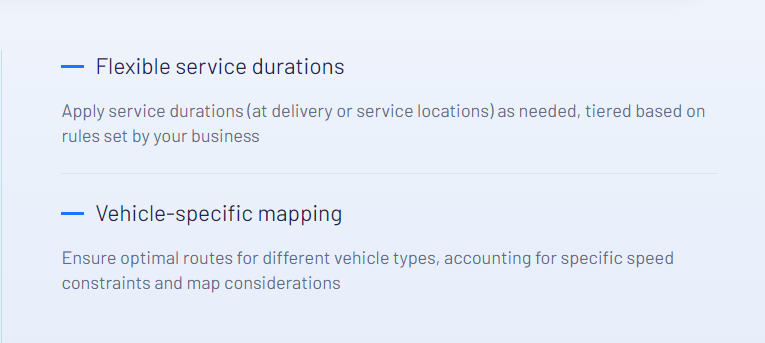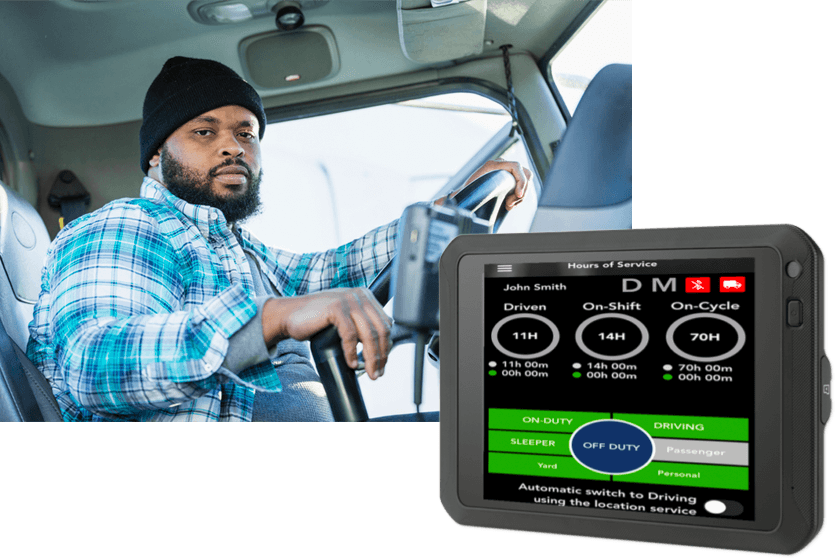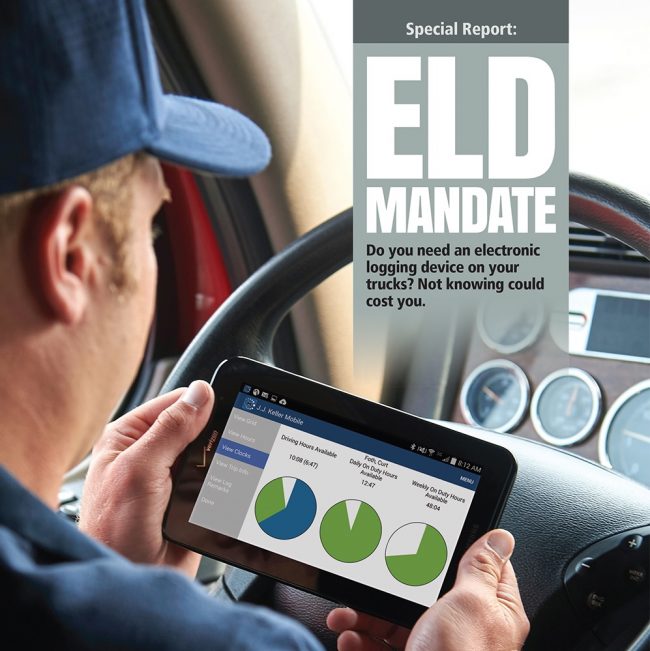Electronic Logging Devices (ELD)
Learn everything you need to know about ELDs, from choosing the right device to maximizing its benefits. Get rolling on the road to smoother operations today!
Electronic Logging Devices (ELDs): Is Your Fleet Required to Use Them?
Discover the benefits of Electronic Logging Devices (ELDs) for long-haul truckers. Ensure compliance, track fleets, and avoid costly fines efficiently.
Most long-haul truckers in the U.S. cover over 100,000 miles per year.
Tracking compliance with the mandated 70 hours of service (HoS) each week can be time-consuming for drivers, dispatchers, and managers.
Using ELD-tracking helps you always know where your truck fleet is. It ensures compliance with trucking regulations and avoids costly fines (ranging from $1,045 to $26,126 per vehicle) while maintaining a low CSA score.
In this article, we’ll explain what an ELD is, how it works, the ELD mandate, whether you need it for your operations, and more.
ELDs
What is the Function of an ELD?
Let’s start the journey towards success and enhance revenue for your business. Take your company to the next level.

Vehicle Usage Tracking
ELDs track driving hours and vehicle usage by directly connecting to the truck’s engine control unit (ECU).

Vehicle Mileage Tracking
ELDs record mileage and other key data points like speed by interfacing with the truck's computer.

Vehicle Location Tracking
ELDs use GPS to track vehicle locations, allowing real-time monitoring of your entire fleet.

Compliance Requirement
Industries like long-haul trucking, which must report driver logs (record of duty status - RODS) to comply with hours of service (HoS) regulations, are mandated to use ELDs.

Understanding Electronic Logging Devices (ELDs)
An ELD system is primarily designed to accurately track driving hours. That, in turn, eliminates human error or misreporting. It connects to the truck's internal computer and utilizes data points to generate a digital log of usage.
Optimizing HOS-Compliant Routes and Schedules with ELDs
ELDs can be a powerful tool for planning efficient routes. They track driver hours of service (HOS) precisely, but manually planning routes that comply with HOS while meeting deadlines can be difficult. Traditional methods might lead to drivers exceeding their hours due to factors like traffic. This summary suggests using ELD data with route optimization tools, like Truck Owners and Drivers Association, to plan efficient routes that adhere to both HOS regulations and delivery schedules. This helps businesses maximize fleet use and stay compliant.



Reduced Driver Manual Entry
Drivers no longer need physical logbooks or manual recording of driving hours. All data is automatically saved in an electronic logbook.
ELD devices (black boxes) installed in vehicles track driving hours and breaks. They also ensure compliance with Hours of Service (HOS) regulations through inspections.
Streamlined Vehicle Tracking
Businesses can automatically track vehicles with ELDs, eliminating human error as the ELD communicates directly with the truck’s computer.
You can track vehicles and drivers, analyzing deviations from scheduled routes. Keeping electronic logs not only enhances fuel efficiency but also improves customer support by utilizing the most efficient drivers.


A Cost-Effective Combination
The ELD system primarily deals with fleet management tasks like tracking your fleet and vehicle usage, which contributes to fleet management. However, the ELD alone may not directly enhance fleet productivity.
Truck Owners and Drivers Association helps maximize the performance of each vehicle and driver in your fleet by planning more efficient routes. It also provides better workload management tools to reduce overtime. Ananas took its delivery operations to the next level by implementing Truck Owners and Drivers Association route management tools to improve fleet efficiency. They achieved a double digit operational savings within months. Like many businesses, Ananas incurs most of its costs in the last mile of delivery. So, improving efficiency in the last mile is crucial for maintaining strong unit economics.